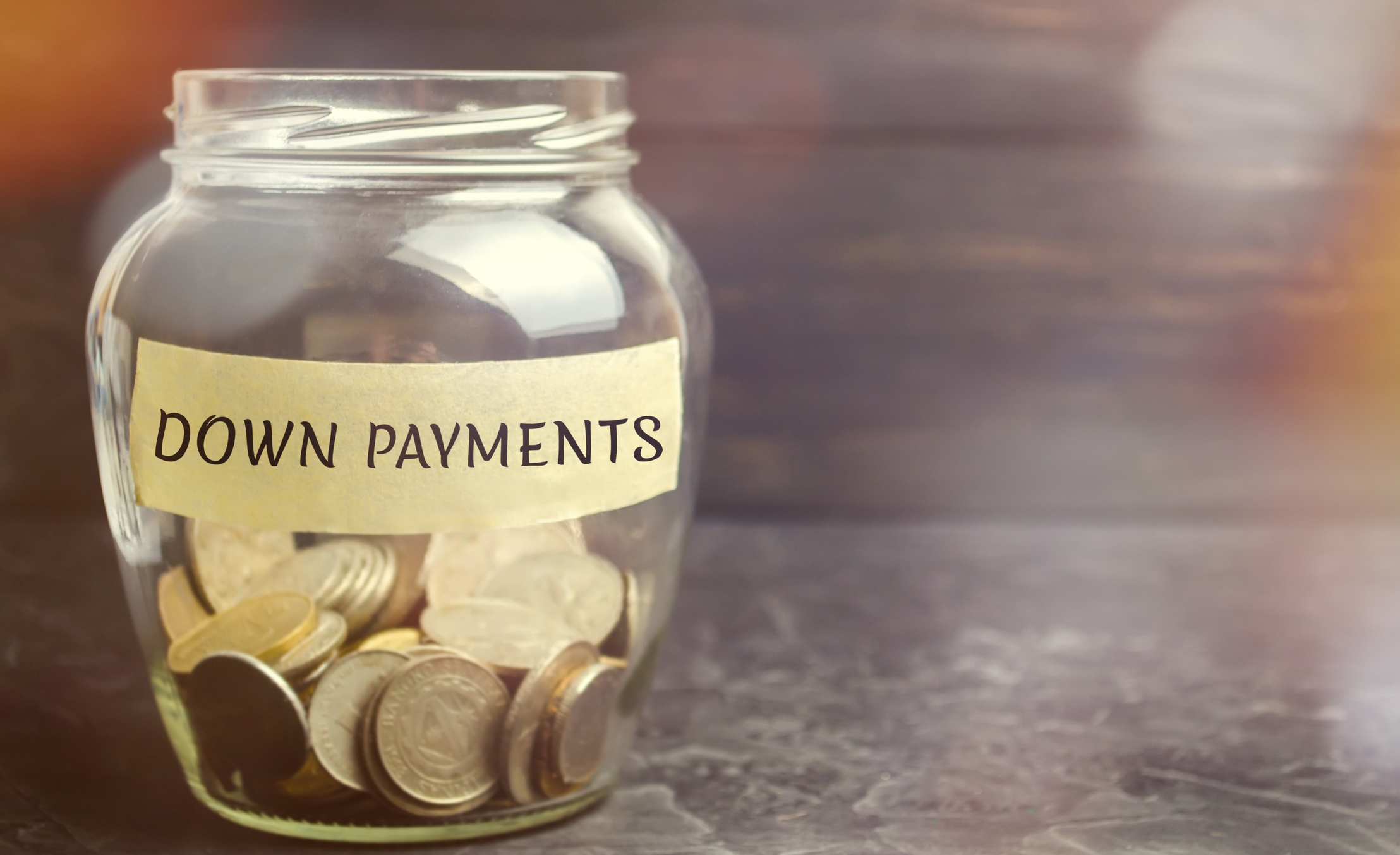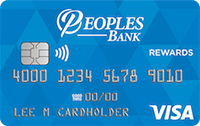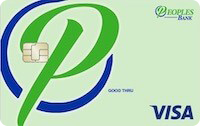Posted On: May 29, 2019 by Peoples Bank in: Mortgage

Perhaps one of the scariest financial aspects of buying a home is the down payment, which is the upfront sum that covers a portion of the entire purchase. And it’s one of the most important parts to consider in the homebuying process.
Most down payments are expressed in percentages. If you were to buy a $200,000 home, a 20% down payment would be $40,000. A 3.5% down payment, the minimum required for Federal Housing Administration loans, would be $7,000. Those numbers can be hard to reach for some buyers, but luckily there are options for eligible buyers that require no money down, like U.S. Department or Agriculture- or Veterans Affairs-backed loans.
For those looking at houses or dreaming of buying a house in the future, here are some of the basics of down payments.
The process
The down payment will be one of the first questions your lender asks since it directly affects what type of mortgage you receive. The amount you put down will also influence which programs and how much of a loan you’re eligible for.
Near the middle of the homebuying process, you’ll prove to the lender you’re capable of the down payment. When it’s time to finalize the sale, you’ll present a cashier’s check or perform a money transfer to complete the down payment.
How much should I put down?
This will depend on your situation. There are benefits to both large (above 20%) and small (below 20%) down payments. And for many people, getting to a 20% down payment isn’t feasible, especially first-time homebuyers, who typically don’t have much wealth built up.
“Many first-time homebuyers don’t have a large down payment yet,” said Tracy Van Sickle, mortgage loan officer. “Many of them are doing the 0% down or 3% down. And there is an array of options that range from 0% to whatever sum you want.”
Large down payments have numerous benefits, the biggest being taking a large chunk off your monthly mortgage payments. Since you’re paying more upfront, your loan will be smaller and perhaps have a lower interest rate.
A down payment of at least 20% will also let a buyer opt out of private mortgage insurance, a monthly fee implemented by lenders to hedge their risk. The PMI goes away once your equity reaches 20% or more of the value of the house.
With a smaller down payment, you can potentially buy a house earlier. And even if you can afford the 20% down, going small will give you more financial flexibility or leave more money to invest into the house through renovations and upgrades.
Whatever the case, having the option of going big or small is ideal. Even if homebuying isn’t in your near future, saving now for a potential down payment later could pay dividends.
If you have any questions about down payments, mortgages or homebuying, reach out to Tracy Van Sickle at tvansickle@mypeoples.bank or 515-327-7738.




